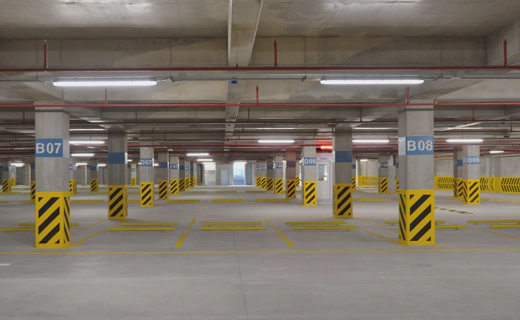Understanding the "Internal Control Regulation"
2025-02-17 Academic PiD Drift
The Internal Control Regulation “Internkontrollforskriften” require businesses to ensure that health, safety and environmental (HSE) requirements are followed up in a systematic manner. The regulations were adopted by the Ministry of Labour and Social Inclusion and came into force on 1 January 1997.
The objective of the regulations
The objective is to ensure that each individual business takes responsibility for identifying conditions that may lead to the risk of injury, illness or incidents and to prevent these. Furthermore, the systematic work should be aimed at creating a safe working environment, protecting against fire and preventing environmental pollution.
Does the Internal Control Regulation apply to my business?
The simple and short answer is probably “Yes”. The regulations apply to all businesses, both public and private. This includes everything from small businesses to larger corporate groups, in addition to municipal and state institutions.
Who is responsible for internal control?
Responsibility for internal control lies with the business’s management. It is the management’s duty to ensure that the system is both in place and functioning. At the same time, employees should be involved in the work. This includes participation in risk assessment and implementation of measures.

What should be documented?
The regulations require that businesses:
- Document internal controls
This may involve written routines, procedures and an overview of implemented measures. - Set goals for HSE work
The goals must be clear and measurable. - Map risks
Businesses must conduct risk assessments to identify hazards and implement measures to reduce or eliminate risks. - Distribute responsibility and authority
Agreements must be made that make it clear who has responsibility and roles for different parts of the HSE work. - Conduct supervision and follow-up
The business must itself monitor that the measures implemented are working and that the rules are complied with. - Provide training
Employees must receive the necessary training in following the HSE routines. - Handle non-conformities
Non-conformities must be documented, and measures must be implemented to prevent recurrence.
Do businesses benefit from conducting systematic internal controls?
Some typical examples of this are:
- Better safety
Systematic HSE work reduces the risk of accidents and injuries. - Increased awareness
The regulation promotes a culture of responsibility and risk understanding. - Economic gains
By reducing accidents and illness, costs related to sick leave, operational disruptions and loss of production are reduced. - Environmental considerations
Better control of environmental impact contributes to sustainable operations. - Competitive advantage
Businesses that can deliver services and goods according to agreed deadlines, with agreed quality and with an active attitude towards reducing environmental impact will often be preferred.
Are the Internal Control Regulations uniquely Norwegian?
No, the Internal Control Regulations are not uniquely Norwegian, but the regulation of internal control in Norway has some unique features that are adapted to Norwegian conditions. The regulations are based on principles that are also found in international standards and regulations, such as ISO standards for quality management (ISO 9001), environmental management (ISO 14001) and risk management (ISO 31000).
In Norway, the Internal Control Regulations have a clear connection to health, safety and environmental (HSE) requirements. Many other countries have similar regulations, but the way they are designed and implemented may vary.
Some unique features of the Internal Control Regulations in Norway:
- Interdisciplinary focus The regulations cover several areas (health, safety and environment) simultaneously, while other countries often have separate regulations for different areas.
- Authority requirements The Internal Control Regulations are part of Norway’s approach to placing responsibility for compliance with HSE regulations on the businesses themselves.
- Anchored in the Working Environment Act The Internal Control Regulations are closely linked to the Working Environment Act and other HSE regulations, which provides a holistic approach.
In short, the Internal Control Regulations are a Norwegian adaptation of universal principles for risk management and internal control. It is not unique, but its specific design is adapted to Norwegian conditions and legislation.
Practical tips on implementing internal control
Internal control means that the company must document its HSE work. This means creating a system that shows how the company meets the requirements of laws and regulations. The documentation should be clear and easily accessible to employees and supervisory authorities.
Many companies can find it challenging to implement the regulations in practice. The use of digital tools and online training programs can make the work more transparent.
Summary
The Internal Control Regulation is an important tool for ensuring that companies operate in accordance with laws and regulations within health, safety and environment (HSE). By having a good system for internal control, companies can contribute to a safer workplace, a better environment and increased efficiency.
PiD Drift
PiD Drift is a web-based software that simplifies and streamlines systematic safety work, HSE and internal control. The platform covers everything from planning and documentation to follow-up and notification, and provides a comprehensive overview that helps to meet the requirements of the Internal Control Regulation.






